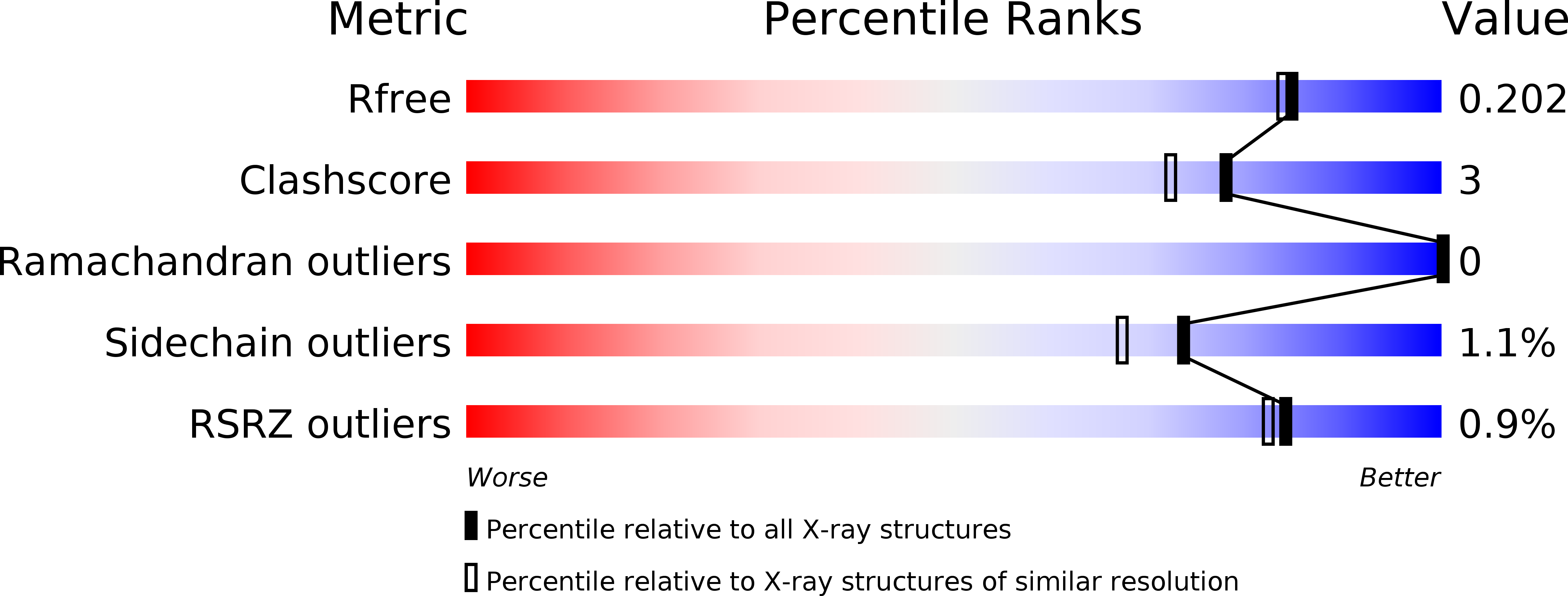
Deposition Date
2019-02-18
Release Date
2019-06-19
Last Version Date
2024-11-13
Entry Detail
PDB ID:
6QQ9
Keywords:
Title:
Cryogenic temperature structure of the fluorescent protein Cerulean recorded after an accumulated dose of 5.8 MGy
Biological Source:
Source Organism:
Aequorea victoria (Taxon ID: 6100)
Host Organism:
Method Details:
Experimental Method:
Resolution:
1.82 Å
R-Value Free:
0.19
R-Value Work:
0.15
R-Value Observed:
0.15
Space Group:
P 21 21 21


